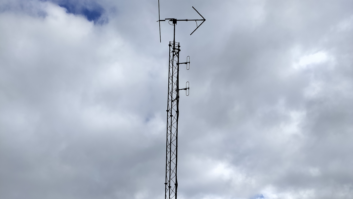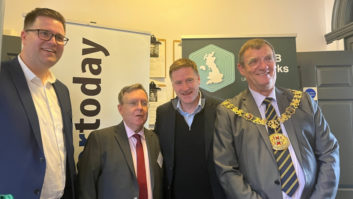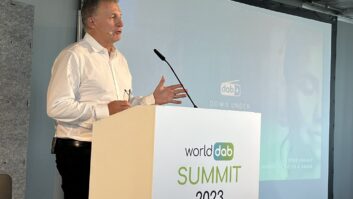I�ve said it before, and I�ll say it again: Our European colleagues are far ahead of us in broadcast technology. I�ll admit that I�m disappointed to say it � but after going to NAB Show, seeing some of the gear and software coming from there and reading the seemingly never-ending news about broadcast technology, I�m left with no other conclusion.�
Here�s a great example of the kind of technology to which I�m referring, the topic of a recent piece oftechnology newsfrom the UK commercial broadcaster, Global.�
�
�Today, we have announced a pioneering new technology developed by Global, that will now allow drivers’ radios to automatically switch between different local radio stations that are part of the same network as they travel around the country.
�
�The technology has been developed and implemented by Global and Arqiva so that both digital radio receivers and FM receivers automatically transition between different Heart, Capital and Smooth local stations, picking up the best DAB or FM signal available, and automatically switching over to the next transmission area as a driver passes from one area to the next.
�
�The innovation means drivers will no longer have to manually switch between networked stations as they drive around the country. Over the past year, we�ve worked with Arqiva, the broadcast infrastructure company, Ofcom and multiplex owners, to create the technology.
�
�This innovation is a huge step forward in ensuring drivers have a great listening experience right across the UK.� We are continuing to invest in digital radio with new stations, brand expansion and transmission coverage expansion.� This is a further demonstration of our commitment,� said Ashley Tabor, founder and president of Global.�
�
At first, it sounds very much like the kind of functionality that was to be provided by �AF� in the RDS standard. AF was intended� to let the FM receiver read the AF (alternate frequency) indicated in a station�s RDS data, thus allowing it to move to a different frequency as the car and driver moved from town to town and keeping the car radio tuned in to a stronger local transmitter (with the same program of course).�
�
However, since both FM and DAB are mentioned, clearly it�s more complicated than that. I contacted Nick Piggott, the Chairman ofRadioDNS, for some insight in to Global�s technology.
�
�Global’s business model is to operate local radio stations under national brand names. Those local stations broadcast a mix of local and shared programming and commercials. The service-linking functionality defines networks of transmitters, and dynamically controls how a receiver may switch between them. For example, when the output is identical, switching can happen aggressively, following the best signal along a drive path. When output differs (during local programming and windows), the receiver knows not to switch as aggressively. The network definitions are transmitted in the DAB FIC (Fast Information Channel) and cached on the receiver.
�
�It was quite a long project, starting 3-4 years ago with a standards review, but it’s now part of the mandatory specification for automotive digital radio products. It helps broadcasters present the illusion of a seamless national network whilst�giving them the freedom to insert local content.
�
�This was a project I started at Global, so I’m pleased to see it go live.�












